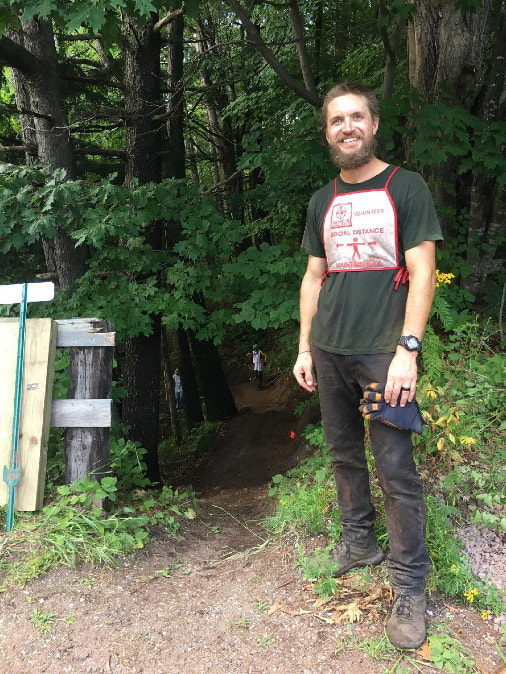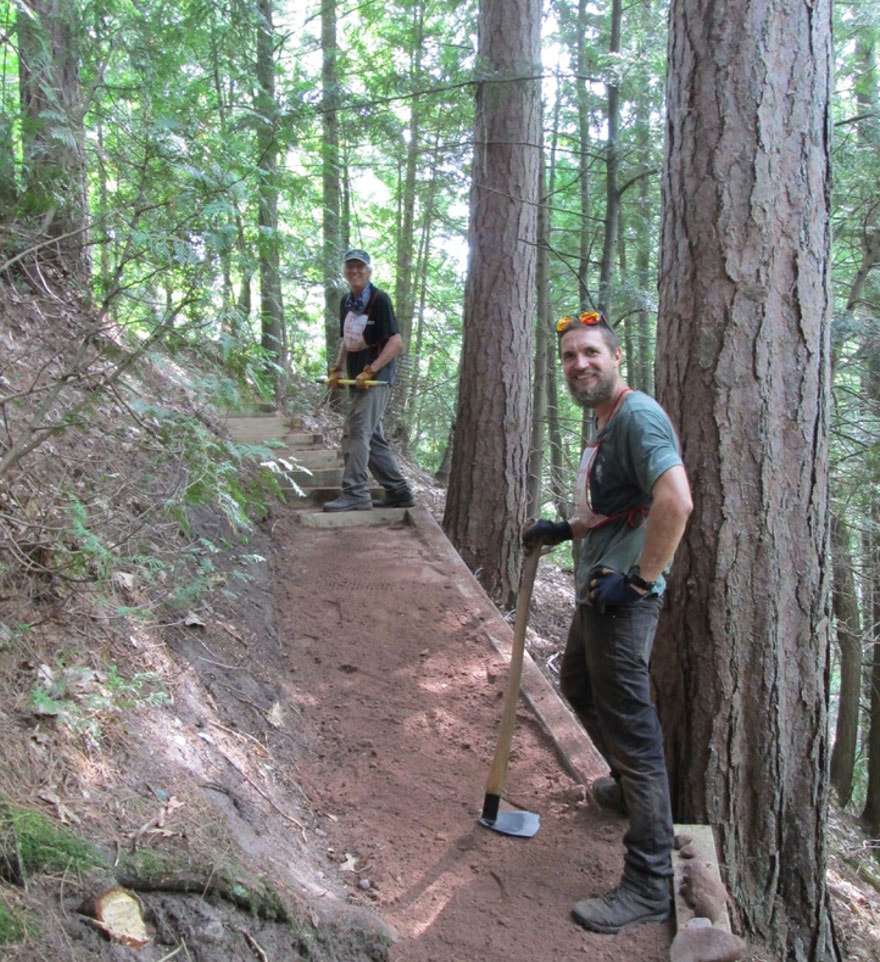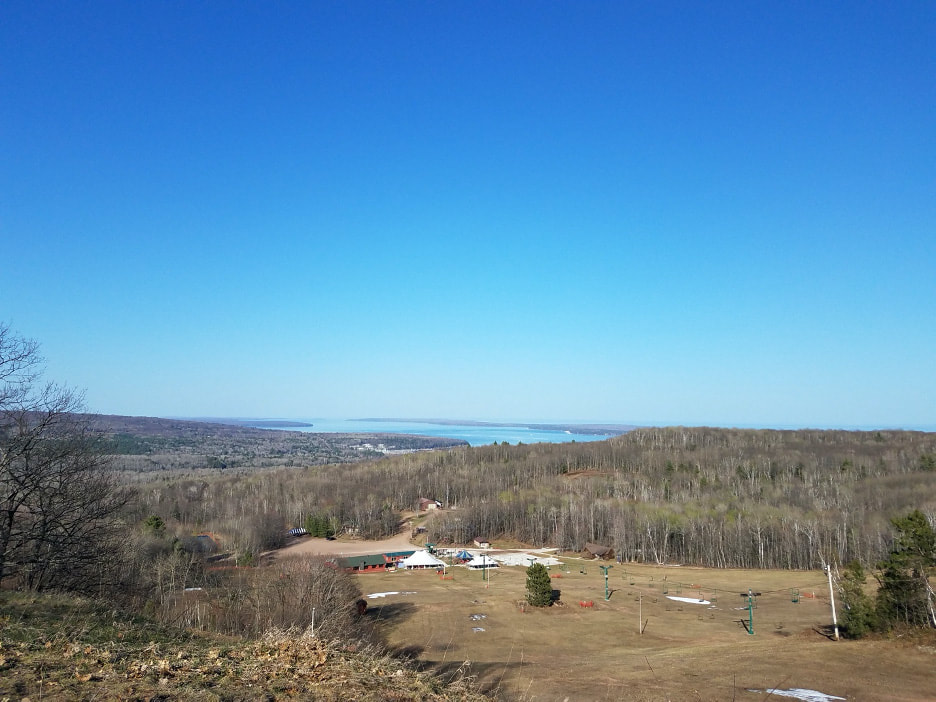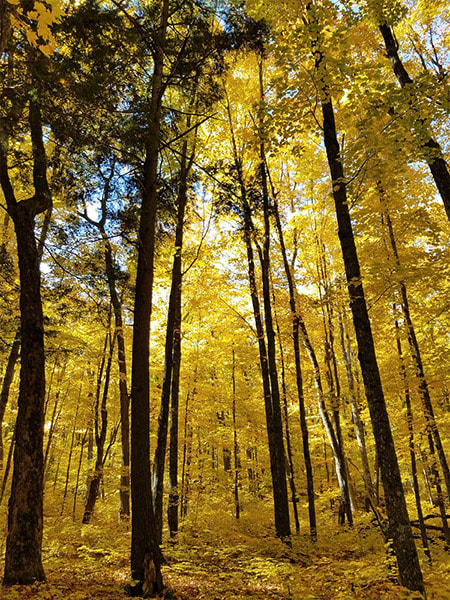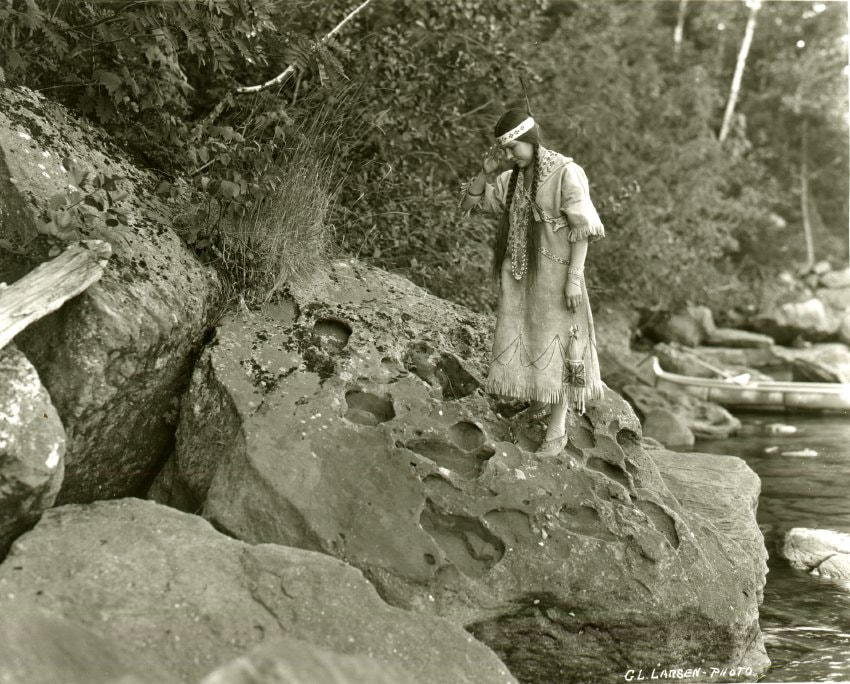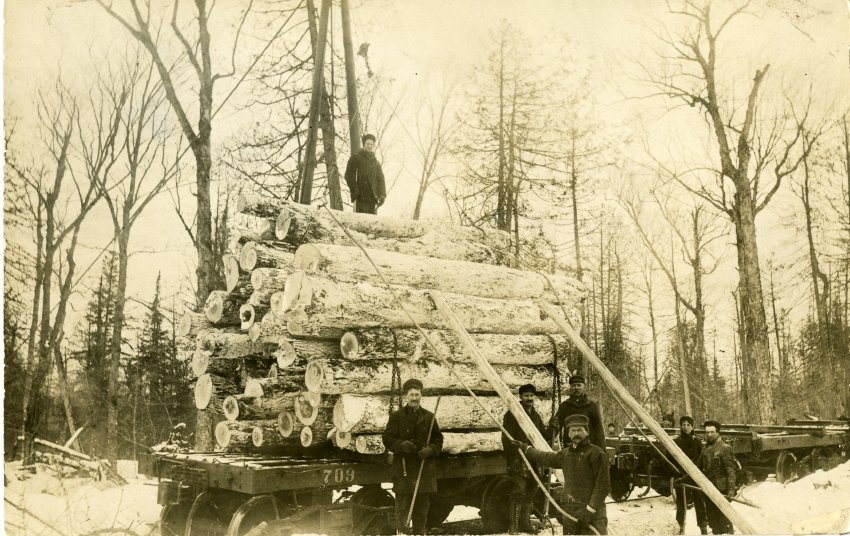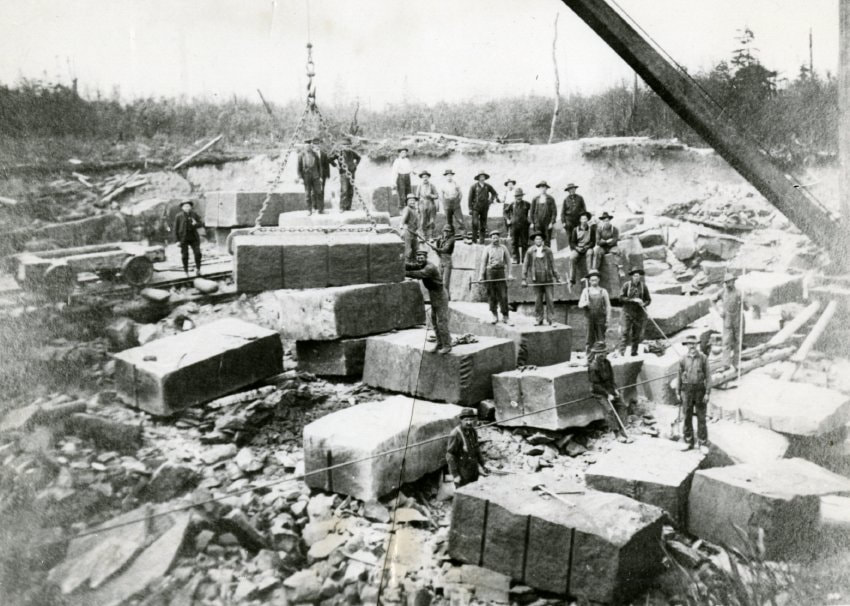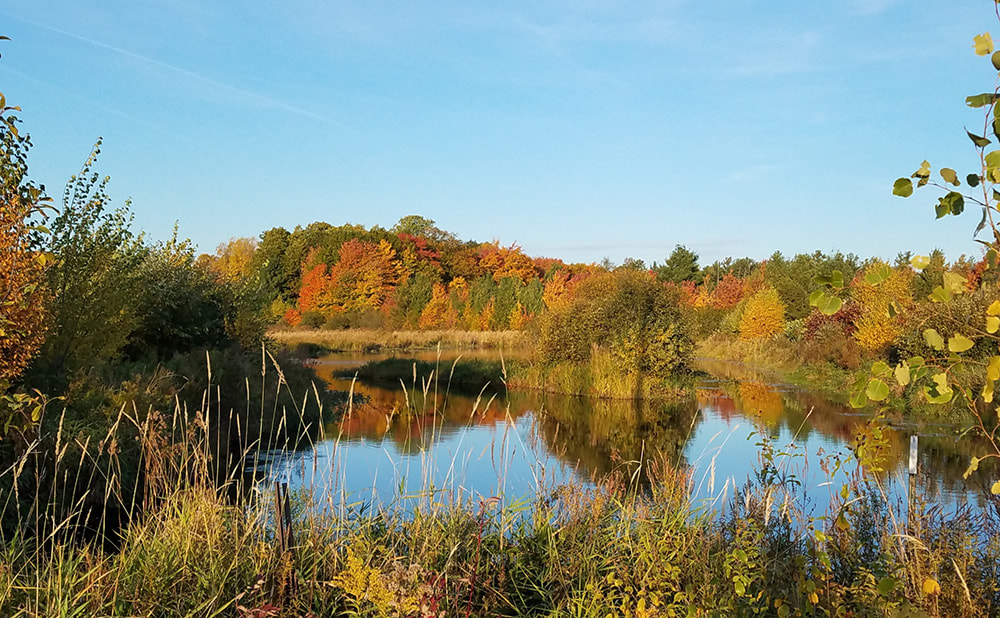“It’s pretty cool to see the community involvement—the blood, sweat and tears, all of it,” Krift said. “And the community-building around these trails. I didn’t have too many expectations but there are so many returnees getting into the swing of things; they come back and they already have the skills. The progress we’ve made is really cool.”
Volunteer Genevieve Johnson was working with a rogue hoe, a tool for digging up dirt and scraping the trail. She said the day was “a steamy one.” And then she summed up what’s made it all worthwhile: “We’re already getting feedback from locals and tourists hiking in from the trailhead; they’re excited to see what’s going on. They say, ‘Thank-you for your work.’” Well said.
0 Comments
The cultural and natural history around the Bayfield area is heavily intertwined; you can’t talk about one without the other.
|
Blog | Bayfield Area TrailsArchives
July 2024
|

